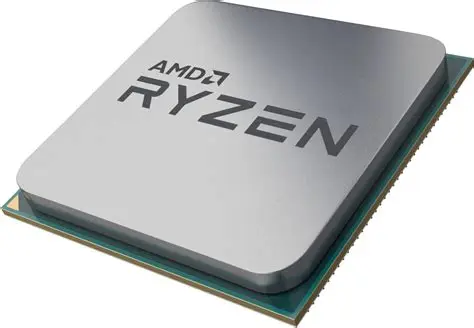 The main processing unit used to calculate all the essential computer operations.
The main processing unit used to calculate all the essential computer operations.
- Arithmetic
- Controlling
- Logic
- I/O operations Every piece of hardware, including the motherboard depend on the CPU architecture
How it works
External Data Bus
Used to transmit CPU data to peripheral devices
Register
Used to perform logic operations. Depending on the CPU architecture the register can be 8 - 64bit. 32bit has eax, 64bit has rax. The most basic CPU has 4 registers ax, bx, cx, dx
Assembly
Other devices use EDB to sen machine codes which are assembly language to instruct the CPU what to do to the registers. This is again, binary data, but they are given mnemonics like mov eax, ebx which moves the value of ebx into eax in x86 assembly.
Clock Wire
The CPU only reads from the EDB when given a clock signal. For certain operations, this means that between 2 - 1000 clock signals must be sent.
 Frequency of recieving these clock signals is determined by the CPU.
For example, the AMD threadripper has a base clock speed of 2.5 GHz. which means it takes clock signals / second
Frequency of recieving these clock signals is determined by the CPU.
For example, the AMD threadripper has a base clock speed of 2.5 GHz. which means it takes clock signals / second
Crystal Oscillator
A piece of quartz made to act as an oscillator that sends out electric pulses at a constant speed millions of times per second. It acts as the metronome required by the clock wire to have constant frequency. It is usually built into the motherboard as you don’t need to replace it often.
Memory Chip Controller
This chip allows the CPU to retrieve memory from a specific memory address.
Arithmetic Logic Unit
The part of the CPU that computes arithmetic
Advanced CPU Features
- CPU Clock Multipliers
- 64-Bit Processing
- Virtualization
- CPU Parallel Execution
- Multicore Processing
- Graphics Processing Unit (Integrated)
- CPU Security